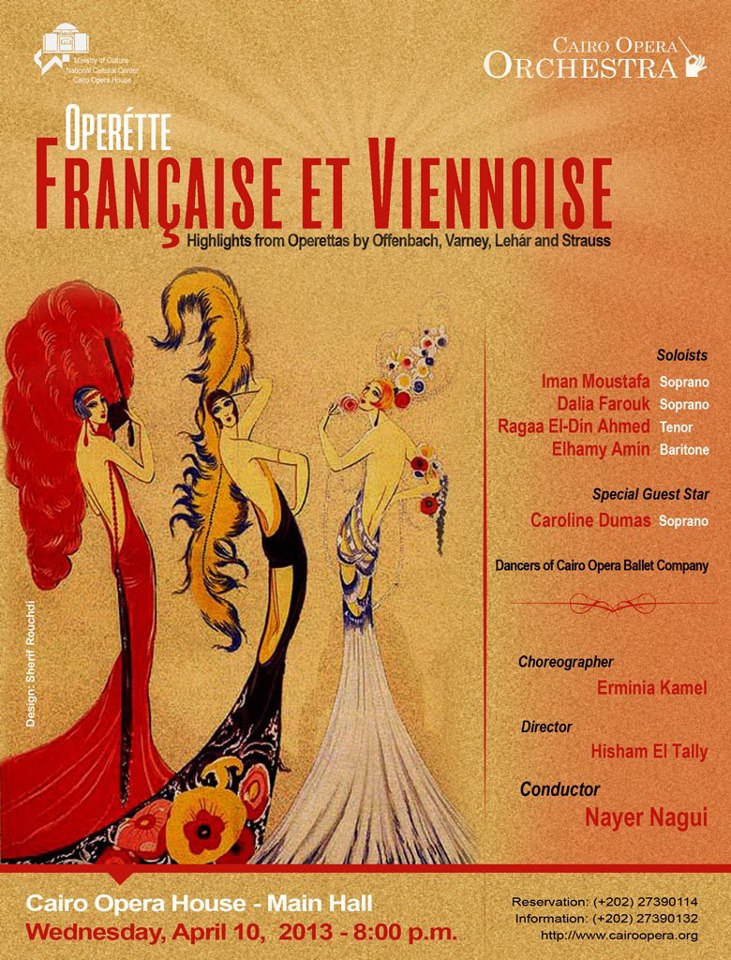Believing that women are the centre of world, and presenting different sides of women’s personalities and their struggles in adapting and dealing with the surrounding pressure, six female artists presented unique creative forms of women in their latest art exhibition, The Cachette.
At Darb 1718, where the artistic legacy of Old Cairo surrounds the beauty of women’s soul and figures, Alexandria-based artists Bothina Shalaan, Salwa Rashad, Aliaa El-Gredy, Noha Nagy, Hemmat Rayan, and Yasmine Hussein showcased a new perspective of women in their artwork.
The exhibition comes after a one-year workshop where they discussed the archaeology of women and the ways they can present the feelings women go through in Egyptian society via different mediums.
It first opened in Alexandria, where it was met with warm acceptance from Egyptian women who sensed it reflects their emotions and hidden struggles.
“I wanted to rearrange an art exhibition in Alexandria. Centralism leads every artist to organise their exhibition in Cairo, so I felt the need to organise an art exhibition to revive that soul in Alexandria,”
said Salwa Rashad, the curator of the exhibition
“I wanted all of us [the participating artists] to rise together by featuring different sides of women in different mediums; each in the one she does the best,” she added.
The exhibition featured various types of art, including paintings, photographs, and hand-stitched figures made of wool and sponges; each artist referred to a mixture of feelings women experience in their lives.
Through photographing each of the five artists, photographer Bothina Shalaan documented the emotional states of the artists throughout the workshop as a way to present the daily life emotions females go through in their daily lives. Using Photoshop edits, the added colours featured the hidden emotions of each of them.
Shalaan explained that the name cachette comes to reflect everything that women prefer to be left unsaid or tend to hide in their hearts.
Divided into two phases, the first features the domination of depression with dark, faded colours, while the emotional expressions of the women are focused, concerned eyes, with fearful looks and lost gazes.
“These photographs present our status at the beginning of the workshop. We were all scared, lost, and afraid of presenting something away from what we are used to,” Shalaan told Daily News Egypt, adding, “these feelings overtake any human being when they are about to join a new experience, the feeling of uncertainty is what most women feel most of the time.”
The second phase comes to flip the coin of depression into positivity and a spring of personalities when they come to believe that the impossible is not that far away.
“I started capturing the second phase portraits a few months after the start of the workshop. At the time, I had known each of the personalities, and we had already openly talked about our main fears, stresses, and concerns. Encouraging each other brought out the optimism seen in the photographs and the added bright colours present the encouragement effect on our lives,” she added.
Yasmine Hussein presented another aspect of women where she featured their pain as a hidden “black box” inside of their soul.
Through black empty boxes, covered by pictures of the artists’ figures, and a circled small hole in the box of which the unseen pain of their souls can be detected in pictures of each of them, Hussein decided to dedicate her work to the pain women go through in their lives, especially the unseen and unfelt one.
“I was diagnosed with depression before the start of this project, which made me feel that the worst sort of pain is the one people cannot see or sense, the one that is hidden in a secret black box inside of your soul,” she stated.
For three months, Hussein studied the personalities of the participating artists and compared them to the similar characters of ancient Egyptian goddesses as tales featured them.
“Each of them, like all of us, has hidden personalities and pain affects them in a certain way that people normally do not detect. Featuring these characters are what I aimed to highlight with my pictures,” she added.
The exhibition runs until June 3.



